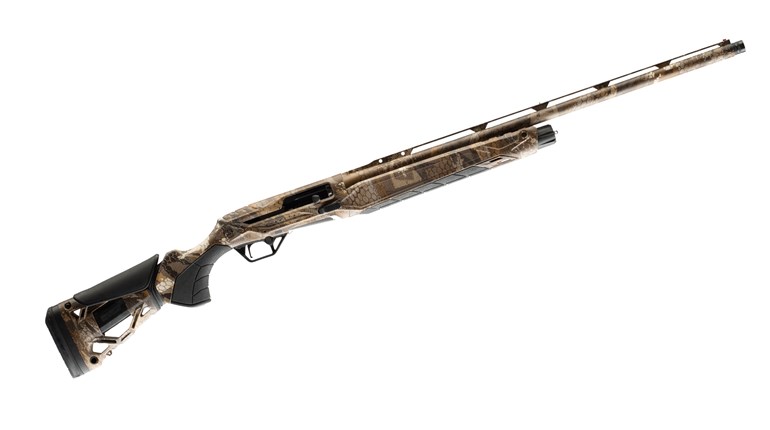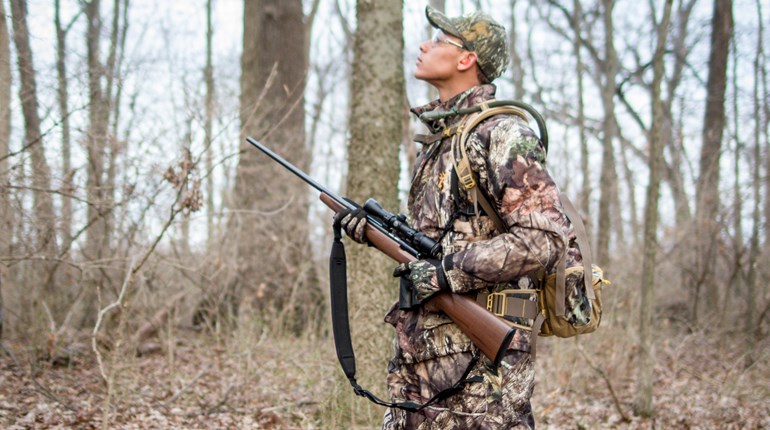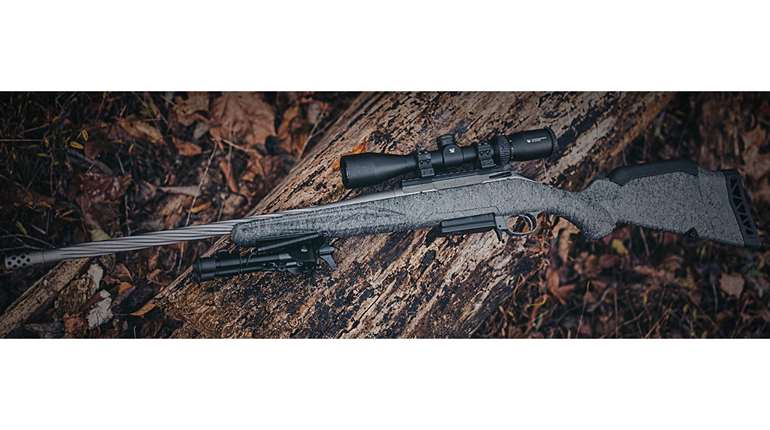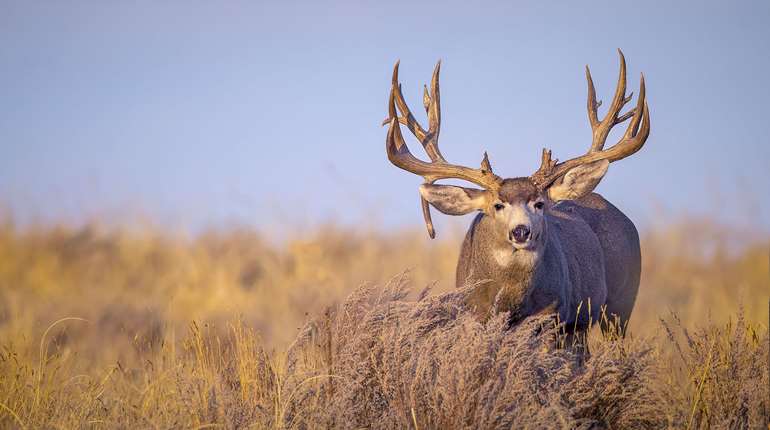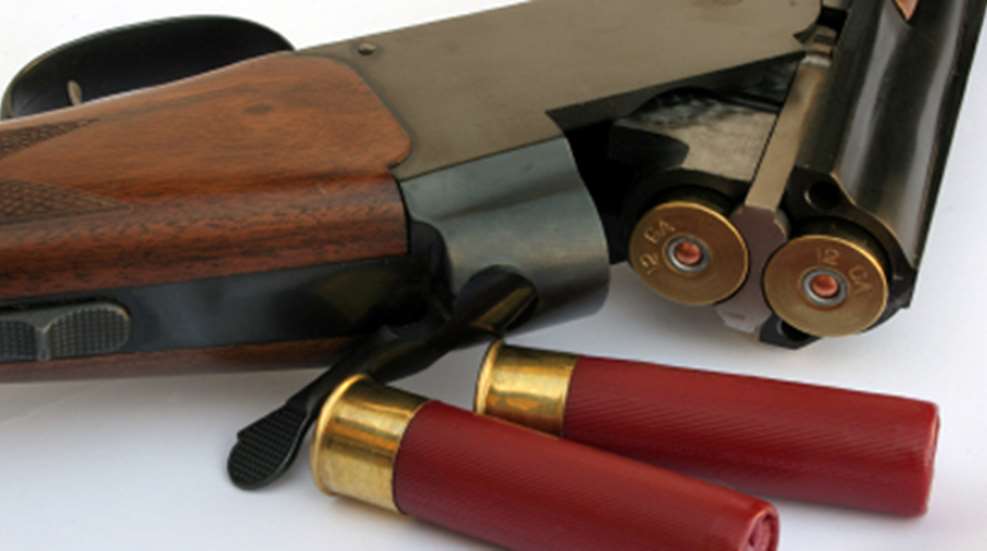
Are you feeling the pinch of life in a tough economy? With a high unemployment rate, a record number of home foreclosures and $4 for a gallon of gas, millions of Americans are financially strained and cutting back. But how will you trim your budget—dine out less, a camping trip instead of a beach vacation, change your own oil? Unfortunately, a few sportsmen have even added hunting to the chopping block. How tragic. Hunting isn’t just a luxury that can be done without during lean times, it’s part of who we are. Besides, with these cost-cutting measures, you can hunt on practically any budget, and even save more money than if you didn’t hunt.
Process Your Own Game
Let’s start with the financial aspects: You’ll save 75 to 150 bucks by processing your own deer or elk rather than paying a processor. Instead of buying meat at the grocery store, you now have a freezer full of lean, low-cholesterol meat, and all it cost you was a hunting license and a few rifle cartridges. But what’s the biggest incentive to do-it-yourself processing? The quality of the meat. A butcher is running a business. He doesn’t have time to age your deer or take the overall care that you do. The meat you process on your own will be tastier, more tender and will cost you a whole lot less.
Fill Your Doe Tags
There has never been a better time to live in Whitetail Nation. Deer herds have grown so fast that many wildlife managers are challenged to control them. Most states issue several doe tags per license, and extra tags are often available over the counter for a reasonable fee. How can you take financial advantage? Fill as many doe tags as you are allotted. Consider the following. As gas prices have skyrocketed, so too has the cost of groceries (all commodities increase with shipping prices). The cost per pound of beef is about $6, depending on the cut. So, say you buy 120 pounds of meat to feed your family over the course of several months—that’s $720. The wiser financial decision (and you’ll want to make sure your spouse is aware of this) is to shoot two does. You’ll still end up with about 120 pounds of meat (albeit healthier meat), and it only cost you $225—$50 for a hunting license, $25 for a box of ammo and $150 for the processing. Voila, you just saved $495. Every doe you shoot is more money in the bank.
Employ Bargain Bin Riflescopes
No type of hunting gear is more saturated with good products at a variety of price points than the optics market. Competition among riflescope makers is fierce, which has greatly benefited the consumer. This may not be the year you treat yourself to German glass, but there are some darn good entry-price scopes out there, and most now include features—such as fully multi-coated glass—that were once exclusive to high-end optics. Check out the Redfield Revolution 3-9x-40mm ($160-$170), Weaver Kaspa Series 3-9x-40mm ($145), Nikon ProStaff 3-9x-40mm ($200) and Alpen Kodiak 3-9x-40mm ($139).
Consider Gundog Co-Ownership
Here’s a tip provided by American Hunter field editor Ron Spomer: Instead of incurring all the expenses of gundog ownership such as vet bills, training, food and the purchase of a purebred dog out of good hunting lines, why not split them with a hunting buddy? Joint ownership of the dog cuts expenses in half—you’ll have plenty of money for gas and a box of No. 6s. And say you go away for the weekend. No need to pay for boarding or a dog sitter. Just drop Rufus off with his other Dad.
Save on Ammo
As the cost of copper, lead and other ammunition components has gone up, so too has the cost of a box of shells. Ammo companies have responded to the best of their abilities by providing the consumer with more affordable products that don’t sacrifice performance. These include Federal Premium’s Fusion line. At the time this was written, you could buy a box of .30-06 or .270 Win. on sale at Cabelas.com for just $23. And there’s always the old, reliable Remington Core-Lokt, which you can typically find regularly priced at $20 for a box of .270 or .30-06.
As for shotgun ammo, let’s focus on one of the more expensive types: waterfowl loads. There’s no getting around the fact that non-toxic shot is pricey, but today’s steel shotshells are so improved that we can consider lighter, less expensive loads. Many people are still wasting a lot of money (and beating up their shoulders) firing 3 1/2-inch shells at ducks that a 3-inch shell would kill just as dead. And the difference between a box of 3 ½-inch steel shotshells and a box of 3-inchers is $5 to $8—that can really add up over the course of a season. Additionally, if you’re willing to strictly limit yourself to decoying ducks, you can consider 2 ¾-inch shells or even 3-inch 20-gauge shells. You’ll save $8 to $12 per box over the guys shooting 3 ½-inchers. Regardless of the ammunition type, you could always cook up a few handloads. You’ll not only save money (even with the cost of primers these days), but you’ll always achieve better precision with ammo loaded at home than on a factory floor.
Hunt the Most Overlooked Public Land in America
You’re on a tight budget, so a hoity-toity deer lease is out of the question and, unless you have access to private land, you need a public-land strategy. Many articles on public-land hunting advise avoiding the crowds by heading deeper into the woods than other hunters. It sounds so easy when someone who spends all his time on fancy guided hunts writes it. But there’s another trick to finding overlooked land and it’s available much closer to home. The best kept secret in public-land hunting is that many of our nation’s military bases—even those near major cities—can be hunted by civilians. I hunt two such bases. One charges an annual fee of $20 (active-duty military are given preferred access to deer stands and duck blinds) and the other charges $50 (civilians are granted equal access to stands and blinds). The crowds of sportsmen are relatively thin on military bases, some truly great bucks are taken every year and the access fee pays for itself with the first deer you shoot.
Happy—and affordable—hunting!












